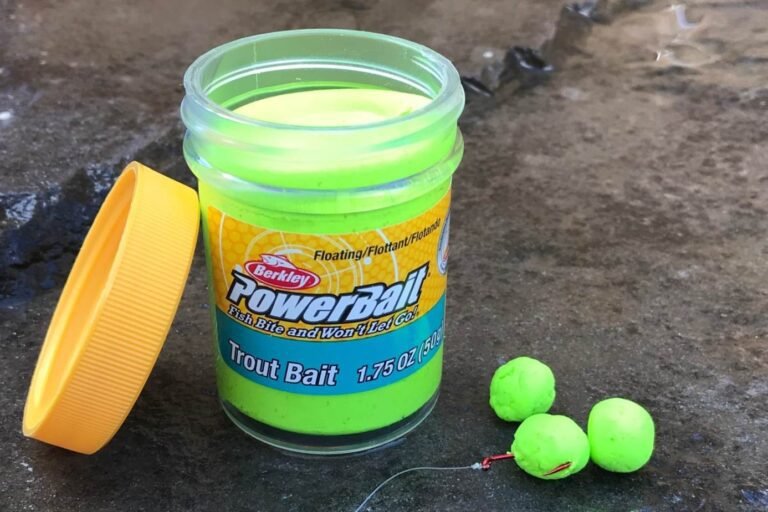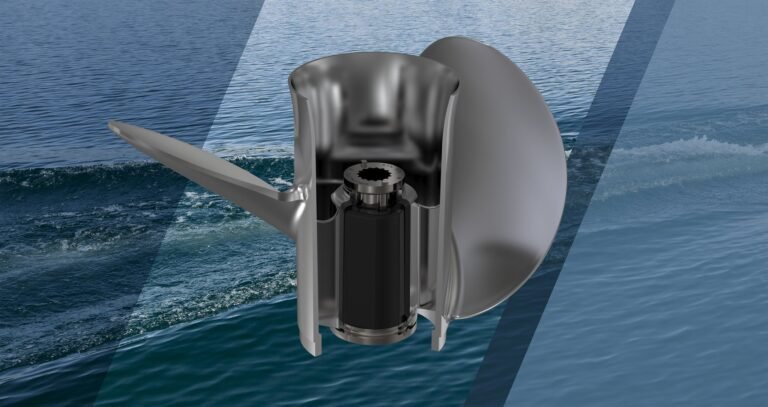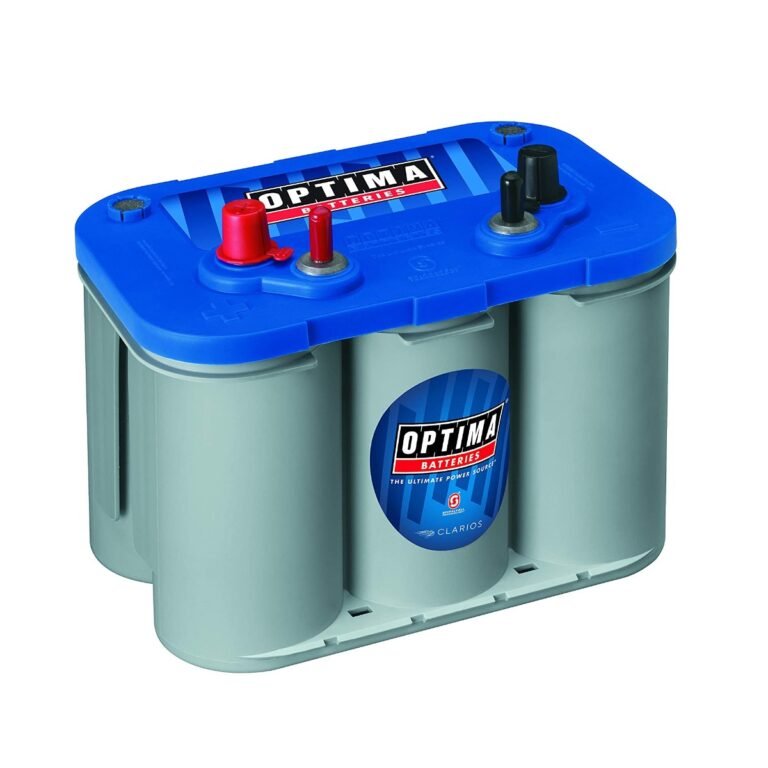How to Test a Transducer Out of Water | Testing Guide 2025
There are a few ways to test a transducer out of water. One way is to use an oscilloscope. Another way is to use an impedance bridge.
Finally, you can also use a signal generator and frequency counter.
- Unplug the transducer from any power source and remove it from the water
- Inspect the transducer for any damage or debris that may be present on the surface
- Using a multimeter, check the continuity of the transducer’s leads to ensure that there is no break in the circuit
- Apply a known voltage to the transducer leads and measure the output with a oscilloscope to verify proper operation
How to Test a Transducer With a Multimeter
If you’re looking to test a transducer with a multimeter, there are a few things you’ll need to keep in mind. First, make sure that the transducer is properly connected to the multimeter. Next, select the appropriate range on the multimeter for the transducer being tested.
Finally, take note of the reading on the multimeter and compare it to the expected reading for the particular transducer being tested.
To get started, connect one lead of the multimeter to either the positive or negative terminal of the transducer. Then, touch the other lead of the meter to either ground or Vcc, depending on which type of voltage measurement you’re making.
For example, if you’re testing an AC voltage output transducer, connect one lead of your meter to ground while touching the other lead to Vcc.
Once everything is properly connected, select either DC volts or AC volts on your multimeter, depending on what type of signal you’re expecting from your transducer. If everything is working as it should be, you should see a reading on your multimeter that corresponds to the expected output voltage from your particular transducer model.
Can You Test a Transducer in a Bucket of Water
If you’re working with a hydrophone (a type of underwater transducer), you may be wondering if you can test it in a bucket of water. The answer is yes! Testing your hydrophone in a bucket of water is a great way to determine if it’s working properly.
Here’s how to do it:
1. Fill a clean, empty bucket with tap water. Make sure the water is at room temperature.
2. Place your hydrophone in the bucket of water and plug it into an oscilloscope or sound level meter. If you’re using an oscilloscope, set it to AC coupling and choose a low input impedance setting.
3. Sink the bucket into another container of water (like a sink or tub) so that the hydrophone is completely submerged.
You may need to use something like bricks or weights to keep the bucket from floating back up to the surface.
4. Apply a small amount of voltage to the transducer terminals using a function generator set to sine wave output at 1 kHz .5 Vp-p amplitude, for example). You should see a corresponding sine wave on the oscilloscope display or sound level meter reading.
How to Tell If Transducer is Bad
If you’re having trouble with your transducer, it may be time to check if it’s bad. There are a few ways to tell if your transducer is bad:
1. Check the physical condition of the transducer.
If it’s damaged or cracked, it’s likely that it’s not working properly.
2. Test the transducer with a multimeter. If the readings are off, this could indicate that the transducer is not working correctly.
3. Listen for any strange noises coming from the transducer. If you hear anything unusual, this could be a sign that something is wrong with the transducer.
If you think that your transducer may be bad, it’s best to replace it with a new one to ensure that you’re getting accurate readings.
How to Test a Transducer on Land
A transducer is a device that converts energy from one form to another. Transducers are used in a variety of applications, including medical devices, communications systems, and industrial equipment. In order to ensure that a transducer is functioning properly, it is important to test it before using it in an application.
This blog post will provide detailed instructions on how to test a transducer on land.
First, connect the transducer to a power source and turn it on. Next, place the transducer in the desired location and secure it in place.
Then, activate the transducer by sending an electrical signal or sound wave through it. The transducer should respond by producing an output signal or change in physical characteristics (e.g., vibration). If the transducer does not produce an output signal or change in physical characteristics, then it is not functioning properly and should be replaced.
Garmin Transducer Out of Water
If you’re looking for information on how to troubleshoot a Garmin transducer that’s out of water, you’ve come to the right place. In this blog post, we’ll go over some of the most common causes of this issue and provide tips on how to fix it.
One of the most common reasons why a Garmin transducer may be out of water is because it’s not properly mounted.
Make sure that your transducer is mounted securely and that there’s no chance of it coming loose while in use. If you’re unsure about how to properly mount your transducer, consult the instructions that came with it or reach out to Garmin customer support for assistance.
Another possible reason why your transducer might be out of water is because there’s something blocking its path.
This could be anything from debris in the water to an object in the way on your boat. Clear any obstructions that might be preventing your transducer from working properly.
If you’re still having trouble getting your Garmin transducer to work after trying these tips, reach out to Garmin customer support for further assistance.

Credit: www.aliexpress.com
Can You Run Transducer Out of Water?
No, you cannot run a transducer out of water. The transducer needs to be in the water in order to work properly. If the transducer is not in the water, it will not be able to send or receive signals properly and will not work correctly.
How Do You Test a Depth Transducer on Land?
If you’re looking to test a depth transducer on land, there are a few things you’ll need to keep in mind. First, you’ll need to find a level spot on dry land. Next, you’ll need to attach the transducer to a weight, making sure that it’s securely fastened.
Finally, you’ll need to lower the transducer into the water until it reaches the desired depth. Once it’s at the correct depth, simply wait for the reading to stabilize before taking your measurement.
Does a Transducer Need to Be in Water to Work?
No, a transducer does not need to be in water to work. It can be used in air, or any other medium. However, its performance will vary depending on the medium.
In general, transducers work best in media with high acoustic impedance, such as water or metal.
How Do I Know If Transducer is Working?
Assuming you are referring to an ultrasound transducer:
You can usually tell if the transducer is working properly by the quality of the image on the screen. If the image is clear and concise, with well-defined lines and borders, then chances are good that your transducer is functioning correctly.
However, if the image is fuzzy or distorted in any way, it could be a sign that there is something wrong with your transducer.
Another way to tell if your transducer is working properly is by listening to the sound it emits. A healthy transducer should make a consistent noise that does not fluctuate too much in volume or pitch.
If you notice any strange noises coming from your transducer, or if the sound suddenly becomes very faint or very loud, it could be an indication that something is wrong.
If you suspect that your transducer may not be working properly, it’s always best to consult with a medical professional to get their opinion.
How to Test a Depth Transducer on Land | Airmar P319 | Raymarine i50
Conclusion
The blog post concludes with a few tips on how to test a transducer out of water. The most important thing is to make sure that the transducer is mounted properly and that the wires are not damaged. Once the transducer is mounted, the user should turn on the power and check for any leaks.
If there are no leaks, then the transducer is working properly.






